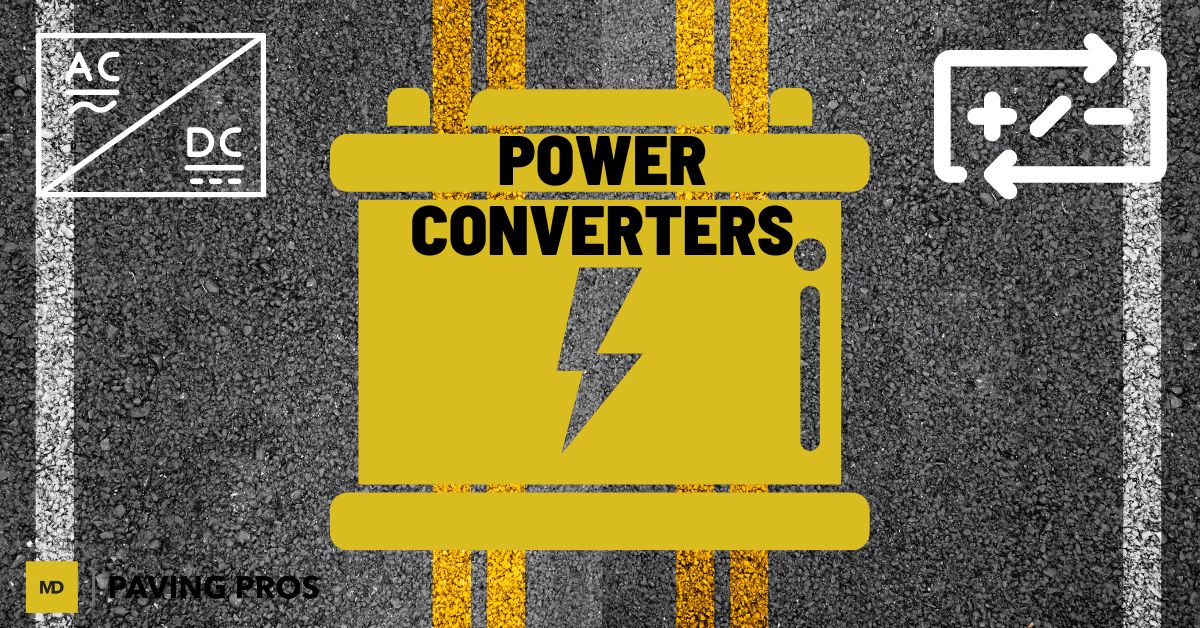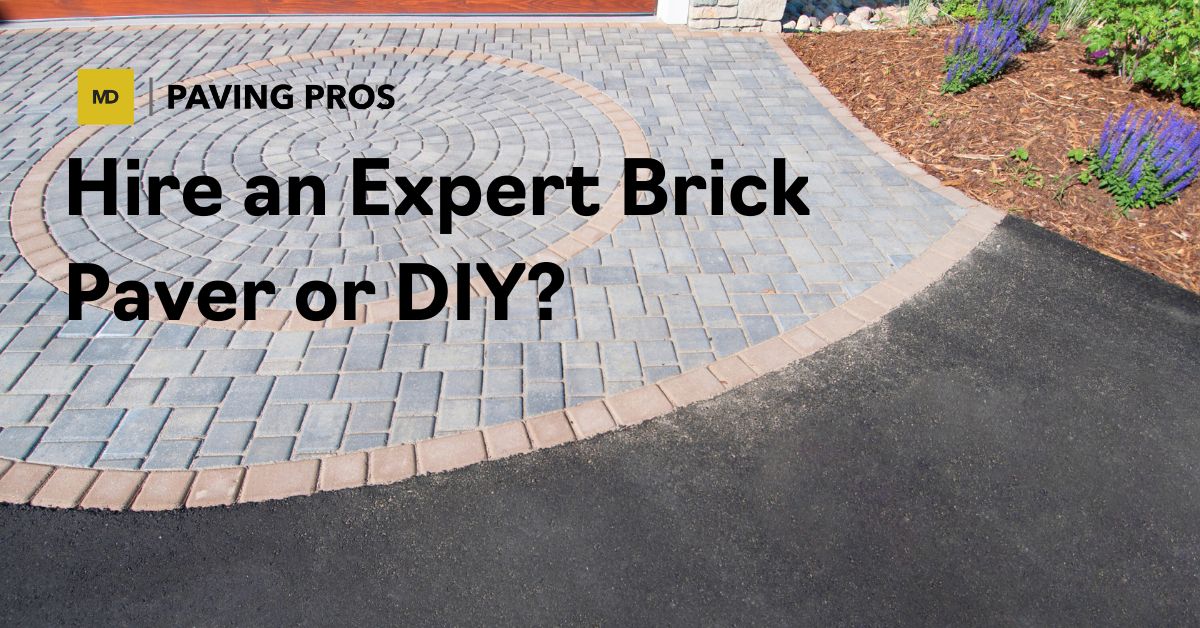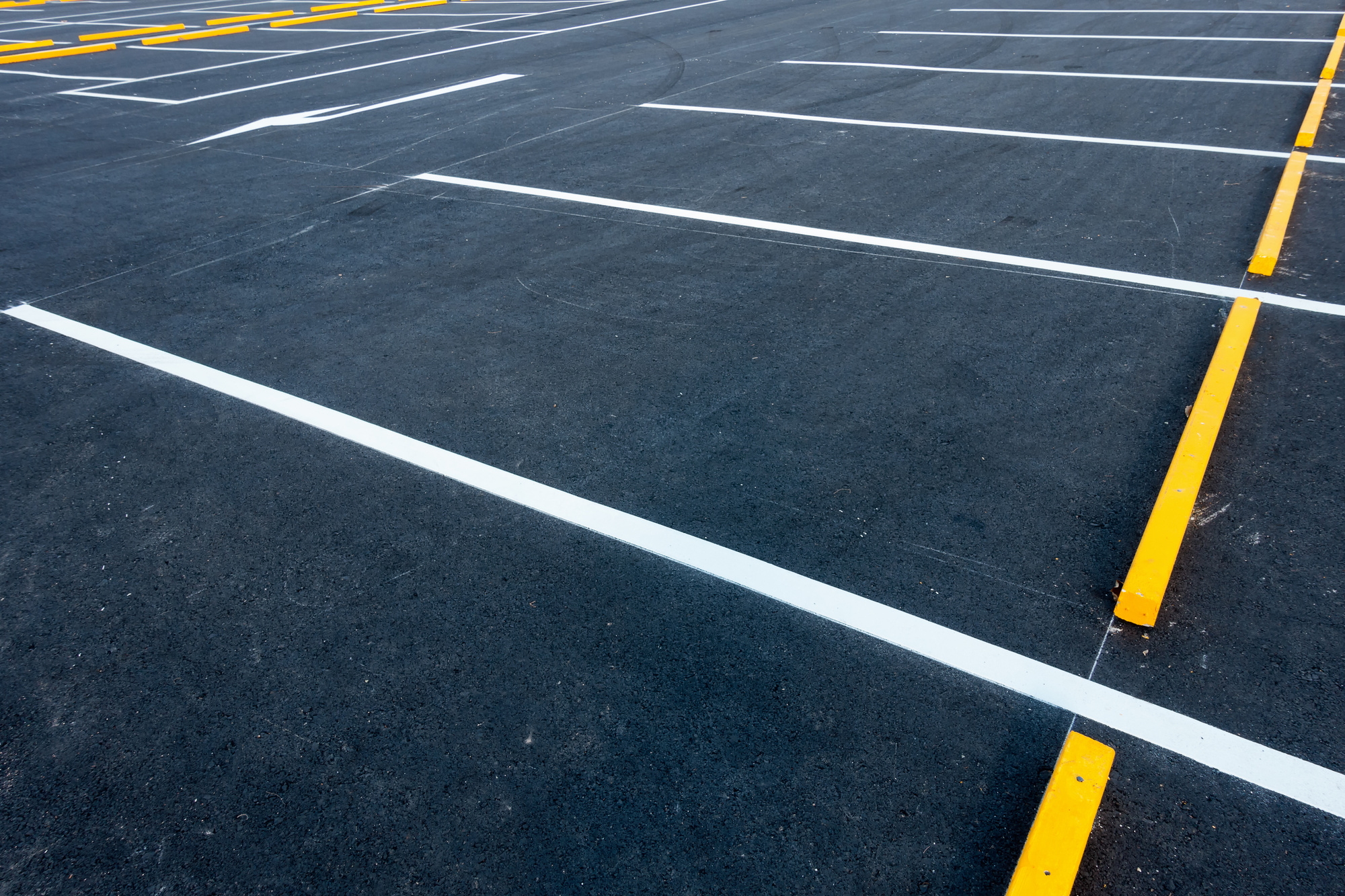[vc_row css=”.vc_custom_1501784397098{margin-top: 15px !important;}”][vc_column width=”1/4″][vc_tweetmeme share_recommend=”mdpavingpros” share_hashtag=”paving” large_button=”true” lang=”en”][/vc_column][vc_column width=”1/4″][vc_facebook type=”button_count”][/vc_column][vc_column width=”1/4″][/vc_column][vc_column width=”1/4″][/vc_column][/vc_row][vc_row][vc_column][vc_custom_heading text=”Expert Guide: How to Install an Asphalt Driveway” font_container=”tag:h2|text_align:left|color:%23000000″ google_fonts=”font_family:Lato%3A100%2C100italic%2C300%2C300italic%2Cregular%2Citalic%2C700%2C700italic%2C900%2C900italic|font_style:400%20regular%3A400%3Anormal” el_class=”heading”][vc_column_text]
How you install an asphalt driveway can mean the difference between a driveway that will last only a few years and one that will remain just as good 20 or more years down the line.
You may not be able to get the job done yourself – proper asphalt driveways installation requires heavy equipment that most homeowners do not have. A good understanding of the operation will, however, allow you to find the right contractor to hire.
Normally you’ll start by finding a reputable contractor for the job. And your knowledge of how to install a driveway the right way should help you in this initial step. So in this guide, we tell you exactly what constitutes proper asphalt driveway installation so you don’t waste your hard earned dollars on an inexperienced contractor.
[/vc_column_text][vc_row_inner][vc_column_inner width=”1/2″][vc_column_text]
Preparation of the subgrade
The important thing in this phase is the water drainage planning. Ideally, you don’t want to have water pounding on the asphalt or right next to it, as that may cause premature deterioration. Plus, the water should run away from the house to avoid flooding. Both of these are determined during the grading process.
[/vc_column_text][/vc_column_inner][vc_column_inner width=”1/2″][vc_single_image image=”631″ img_size=”full”][/vc_column_inner][/vc_row_inner][vc_column_text]
The process requires excavating and fine grading the soil for proper water drainage.
- For a fresh new driveway that has any soft or unstable material like clay or top soil, excavate it and replace it with a strong base material like recycled concrete or road base. This stabilizes the sub grade, making the driveway stronger and more durable.
- Just before paving and grading the driveway, make sure to get rid of anything that moves beneath the feet. These include material like gravel and rocks.
In practice, your asphalt driveway will only be as good as the subgrade beneath the surface. The better the subgrade preparation, the better the driveway.
[/vc_column_text][vc_row_inner css=”.vc_custom_1501784160101{margin-top: 15px !important;margin-bottom: 15px !important;}”][vc_column_inner width=”1/2″][vc_single_image image=”632″ img_size=”full” alignment=”right”][/vc_column_inner][vc_column_inner width=”1/2″][vc_column_text]
Avoid crowning upon grading long driveways
It is not recommended to grade a long asphalt driveway with a crown. Crowning is a regular cause of serious untimely deterioration. Instead, ensure the contractor grades your long driveway flat, with a slight pitch to the side to get the water to run off the asphalt.
[/vc_column_text][/vc_column_inner][/vc_row_inner][vc_column_text]
Compacting the subgrade
Your contractor will often use heavy rollers to compact the sub base. For smaller areas, however, they can opt to use plate compactors. Once this is done, the base should sit for about a week before they install the final asphalt layer.
Applying a suitable herbicide
This is intended to minimize vegetation growth beneath the asphalt layer. You don’t want weeds growing through the asphalt. These can cause irreparable damage and near-total pavement failure.
Laying the asphalt
This is the final process. It involves using an asphalt paving machine. The idea of using the machine is to provide a consistent regular depth throughout the driveway and a near-perfect smooth finish to the surface.
Compacting then follows to wind up the process. Ensure your contractor uses heavy compacting equipment and nothing less. They should have 1- to 3-ton rollers for this part of the job.
Raking the edges, forming them to 45-degree angles should mark the end of the process.
[/vc_column_text][vc_row_inner][vc_column_inner][vc_column_text]
Conclusion
The steps and techniques we’ve discussed here are pretty simple. Be sure discuss them with your prospective contractor before you sign them up. Then you may stay home during the actual installation and keep an eye to make sure you’re getting exactly what you’re paying for.
[/vc_column_text][/vc_column_inner][/vc_row_inner][/vc_column][/vc_row][vc_row][vc_column][vc_video link=”https://youtu.be/z7jmib1ztQ0″ align=”center”][/vc_column][/vc_row]






